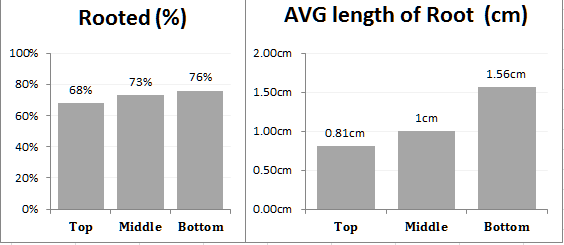L
laylow
Going to share a cut/clone of my plant to another grower and he asked for it to be taken from the middle of the plant... when i asked why he said that the hormones were strongest in the new growth in the middle..
i thought no more about this untill today.. i took about 150 cuts from 1 plant stripped it bare all rooted but some were stronger than others clearly... was this due to where the cut were taken from the plant I.E. strongest being from the middle weakest from bottom and middle range from top?
interesting to see what people come back with
cheers
i thought no more about this untill today.. i took about 150 cuts from 1 plant stripped it bare all rooted but some were stronger than others clearly... was this due to where the cut were taken from the plant I.E. strongest being from the middle weakest from bottom and middle range from top?
interesting to see what people come back with
cheers






